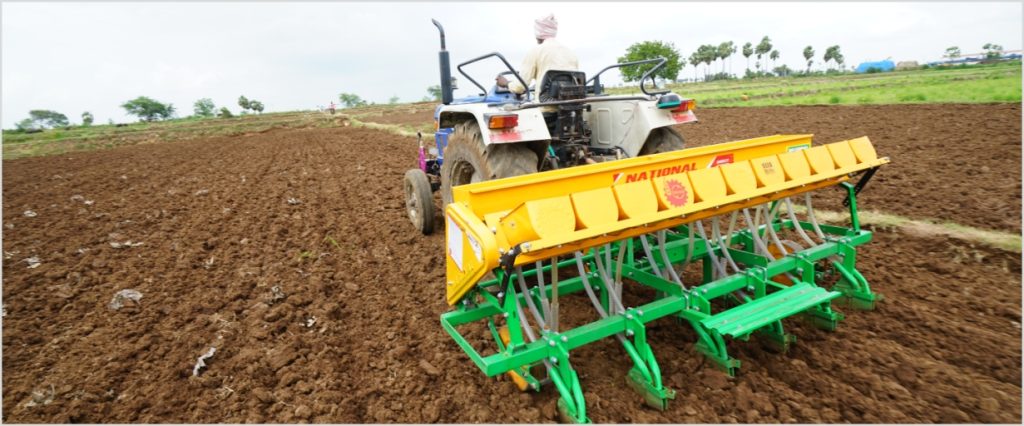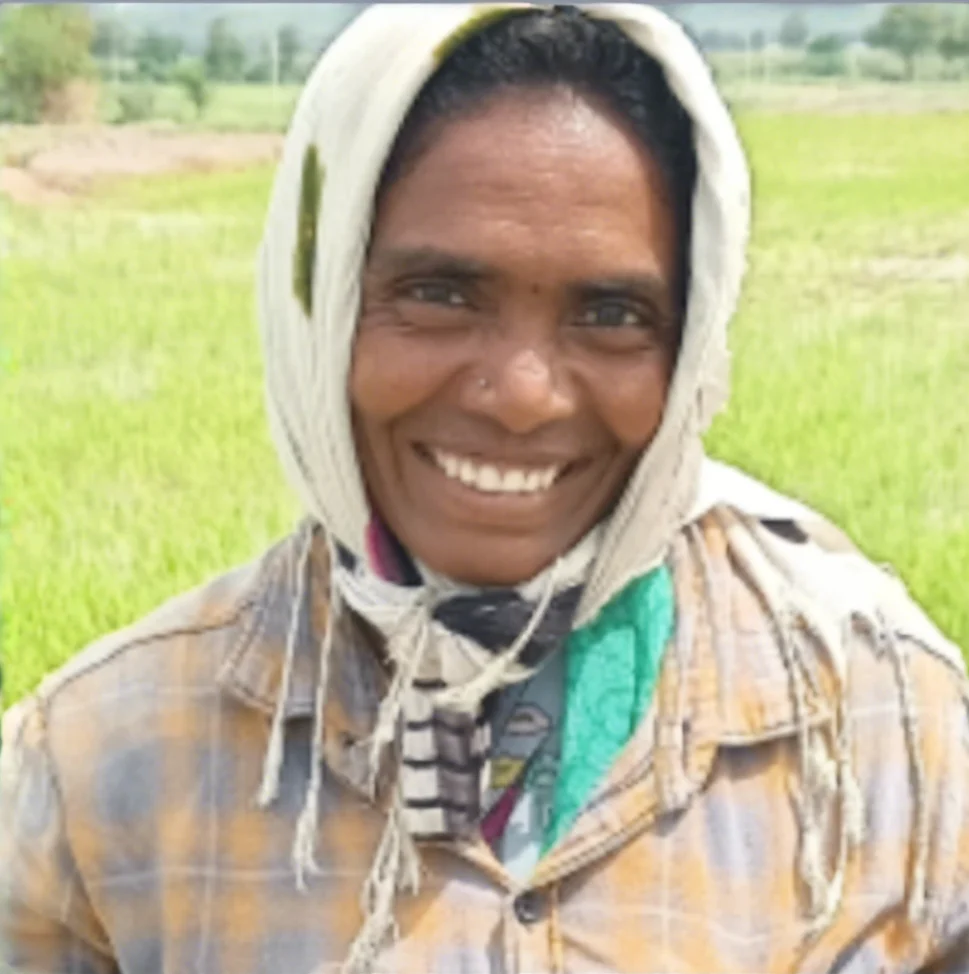About DSR
Direct Seeded Rice (DSR)
Direct seeding is a crop establishment system wherein rice seeds are sown directly into the field, as opposed to the traditional method of growing seedlings in a nursery, then transplanting into flooded fields. Direct seeding offers advantages like saving irrigation water, labour, energy, time, reduces emission of greenhouse-gases, better growth of succeeding crops due to better soil quality, etc.
Dry and wet seeding, in which seeds are sown directly in the main field instead of transplanting rice seedlings, are commonly referred to as direct seeding. GHG emissions are lower in DSR than with conventionally tilled transplanted puddle rice due to reduced anaerobic decomposition of organic matter in rice cropping soils and thus reduced generation of methane.
Direct seeded rice is seen to be one of the most efficient, sustainable, and economically viable rice production systems used today. In comparison to the conventional puddled transplanted rice technique, DSR results in faster planting and maturing because of the time saved in land preparation and avoiding transplantation activities for rice seedlings. It conserves scarce resources like water and labour, is more conducive to mechanization, and reduces methane emission that contributes to climate change. Mechanized DSR also creates avenues for employment through new service provisions and is less labour intensive and free from drudgery, hence it is more attractive to youth and women farmers.
Advantages of Direct Seeding
- DSR practice reduces the puddling operation which improves the soil quality and results in decline of hard pan
- DSR helps in irrigation water savings by about 12% to 35% due to efficient water management practices
- Reduces drudgery by eliminating seedling uprooting and transplanting
- Reduces cultivation time, energy, and cost
- No plant stress from transplanting thus faster maturation of crops
- Lower GHG emissions by avoiding transplanting & puddling activity and water logging conditions
- Increases net income by reducing cost of cultivation



I have been growing rice on six acres of land for over 20 years in Tripuraram village in Telangana’s Nalgonda district, with traditional method of paddy cultivation. Along with intensive water consumption, we face various other challenges like labour shortage and high cost of cultivation for manually transplanting seedlings. Additionally, maintaining a constant water level in the field until harvest was a challenge. Each summer is hotter and water scarcity in our region is affecting agricultural production and there by the lives of local citizens. Starting with one acre of land in 2022, and witnessing the benefits of DSR, I have expanded the practice to all six acres of my land as well as four acres of my brother’s land. This transition helped me save Rs 60,000 per year just in transplanting costs and significant reduction in water consumption.
Yatham Jyothi,
Project Farmer, Tripuraram Village, Nalgonda ,Telangana
